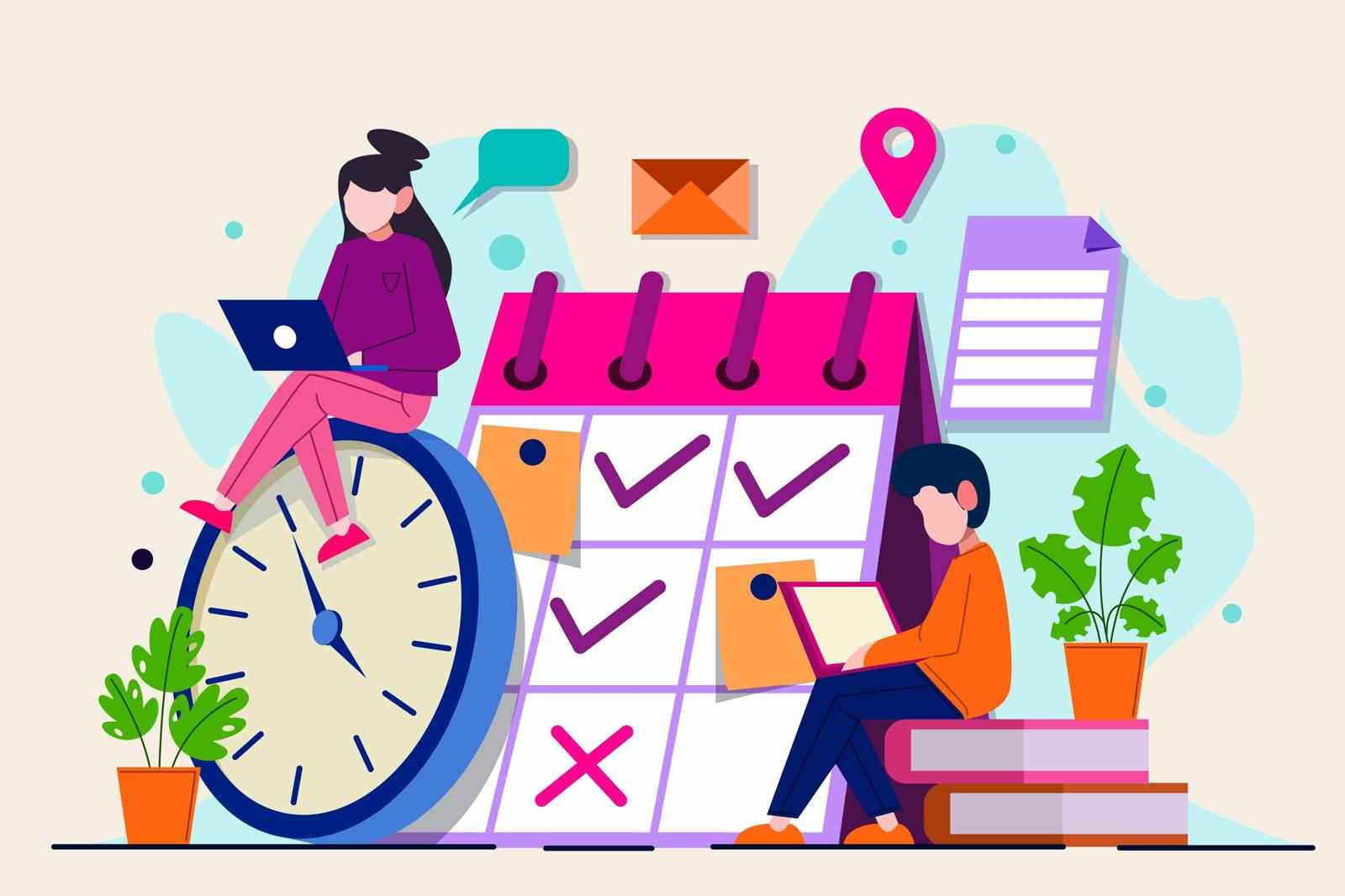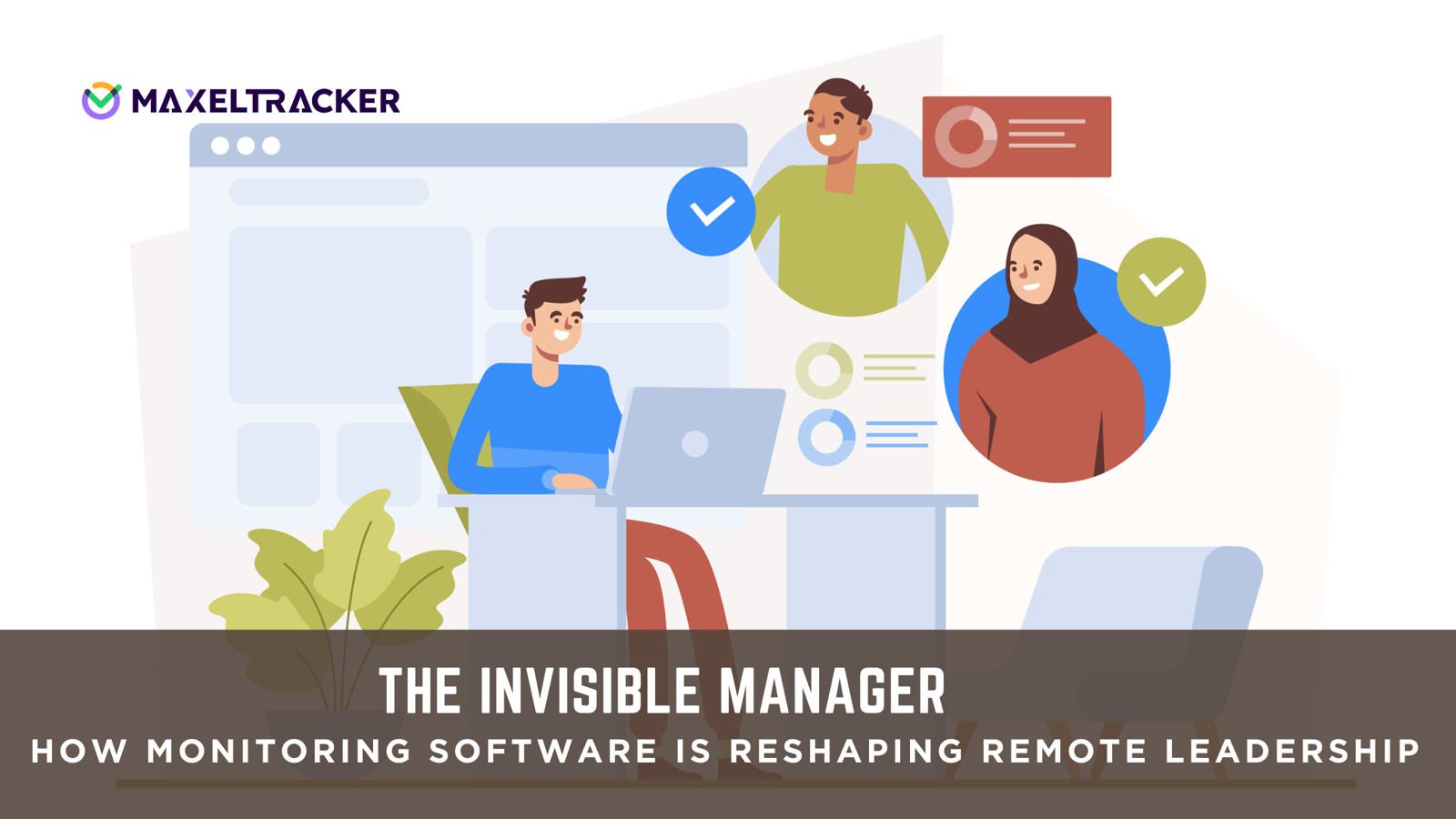
If you’ve ever worked a 9-to-5 job, chances are you’ve experienced idle time—even without realizing it. In everyday life, idle time may look like short breaks, scrolling through social media, or simply relaxing. Surprisingly, a little idle time can be beneficial since it helps employees recharge, refocus, and improve productivity. Conducting an Employee Productivity Questionnaire can also help managers understand how idle time affects team performance.
But in business, idle time isn’t always that simple. It can happen for reasons that employees can’t control—like waiting for approvals, technical issues, or missing resources. The key question is: how do companies identify idle time and minimize its impact? Let’s break it down.
What Is Idle Time?
According to the Cambridge Dictionary:
“Idle time is a period of time when a business does not operate or employees stop working, for example, because a machine breaks down or there is no work to do.”
In simple terms, idle time occurs when employees or equipment are available but not being used productively.
This is different from downtime. Downtime usually happens when tools or equipment stop functioning completely, while idle time means people are ready to work but are blocked by some obstacle.
Types of Idle Time
Idle time can creep into workflows in different ways:
Resource Idle – When employees are ready to work but are waiting for access, files, or instructions.
Decision Idle – When tasks are paused because a manager or stakeholder hasn’t made a decision yet.
Technical Idle – When technical issues like poor internet or software errors disrupt work.
Skill Idle – When employees lack the skills or knowledge to proceed until they receive training or help.
Scheduling Idle – When work is delayed while waiting for meetings, events, or milestones.
How to Calculate Idle Time
There’s a simple formula:
Idle Time = Scheduled Work Time – Actual Productive Time
For example: if someone works only 6 hours in an 8-hour shift, then 2 hours (25%) of their time was idle.
Quick Example with Idle Time Calculator:
Planned Time: 12 hours 45 minutes
Actual Time: 8 hours 45 minutes
Idle Time: 4 hours 0 minutes
While this calculation works for basic tracking, businesses that want accurate data should use automated idle time tracking tools like Maxel Tracker, which detect idle time seamlessly.
Why Use Maxel Tracker for Idle Time Tracking?
Manual tracking can be time-consuming and prone to errors. That’s where Maxel Tracker makes a difference:
1. Automatic Idle Time Detection
Maxel Tracker automatically identifies idle periods based on keyboard and mouse activity, eliminating the need for manual logging.
2. Detailed Idle Time Reports
Managers can access reports showing when idle time occurred, how long it lasted, and even filter data by project or employee.
3. Productivity Insights
With clear visibility into idle patterns, managers can pinpoint bottlenecks, redistribute workloads, and improve team efficiency.
4. Smarter Resource Allocation
Knowing when and why employees go idle allows companies to adjust schedules, assign tasks better, and provide training where needed.
5. Transparent Client Billing
For businesses that bill clients based on productive hours, Maxel Tracker ensures fairness by removing unproductive idle time from reports.
And if your company also needs to keep track of extended working hours, Maxel Tracker works as an overtime tracking software as well, giving managers a complete picture of both idle time and extra work hours (overtime).
Idle Time in Team Collaboration
Idle time doesn’t just affect individual performance—it has a ripple effect across the entire team. In collaborative environments, one member being idle often impacts the efficiency, motivation, and progress of others. Let’s look at how:
1. Communication Gaps
When team members go idle, they may miss important updates, emails, or project changes. This creates a communication gap where others are forced to repeat information or slow down their pace to bring them up to speed. Over time, this can lead to misalignment between departments, unclear priorities, and duplicated efforts.
2. Delays in Project Timelines
A project is only as strong as its weakest link. If one member is idle—whether waiting for approval, lacking resources, or simply disengaged—it can hold back an entire task chain. In industries where deadlines are critical, even a short idle period can snowball into significant project delays and dissatisfied clients.
3. Decline in Team Morale
Active employees often feel demotivated when they see their colleagues contributing less. Over time, resentment can grow, leading to conflict and disengagement. High-performing team members may even begin questioning their own effort levels, resulting in a drop in overall morale.
4. Unequal Workload Distribution
When certain employees remain idle, the workload naturally shifts to more proactive members. This imbalance can cause stress, overwork, and burnout among those carrying extra responsibilities. Eventually, this can push talented employees to leave, increasing turnover costs for the business.
5. Reduced Productivity and Innovation
Idle time within a team doesn’t just slow down immediate tasks—it stifles creativity and collaboration. Brainstorming sessions, problem-solving, and cross-functional projects thrive on active participation. If team members are disengaged or idle, the team loses out on diverse perspectives and fresh ideas, which can limit innovation.
6. Increased Risk of Errors
Idle employees often rush through work once they re-engage, trying to “catch up.” This hurried approach increases the risk of mistakes. Errors then require rework from the team, causing additional delays and unnecessary costs.
7. Negative Impact on Client Relationships
When team idle time leads to missed deadlines or subpar results, it directly affects client trust. Clients expect timely delivery and consistent communication, and repeated idle-related delays can damage long-term business relationships.
Conclusion
Idle time is an unavoidable part of any workplace, but understanding it is the first step to reducing its negative impact. By using a reliable time tracking tool like Maxel Tracker, businesses gain visibility into when and why idle time happens.
With accurate insights, managers can:
Optimize work schedules
Improve resource allocation
Boost team efficiency
Ensure fair client billing
Most importantly, companies should use such tools transparently. When employees understand that the goal of Maxel Tracker is to improve productivity—not invade privacy—they are more likely to embrace it.
In today’s competitive environment, managing idle time effectively can be the difference between a business that simply operates and one that thrives.





Write a comment ...